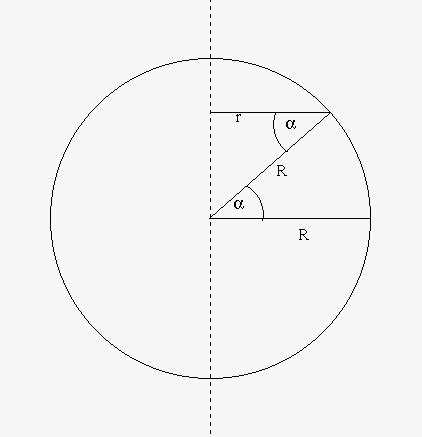All points on the celestial sphere execute a full circle every (sidereal) day, but the speed of a point with nonzero declination is slower than a point on the celestial equator because it's traveling on a small circle, not a great circle. This is exactly the same as how a point on the terrestrial equator travels at a higher speed than a point not on the equator. Eg, a point with a latitude or declination of 60° travels at half the speed of a point on the equator, because cos(60°) = 0.5
At the solstices, the Sun is on either the tropic of Cancer or Capricorn, so it has its maximum or minimum declination, approximately ±23.4°. So its speed is cos(23.4) $\approx$ 0.9178 relative to a point on the celestial equator, or about 8% slower, as Mike G mentioned in that comment.
Here's a diagram from an answer about latitude speed by SF. on the Space Exploration Stack Exchange:

